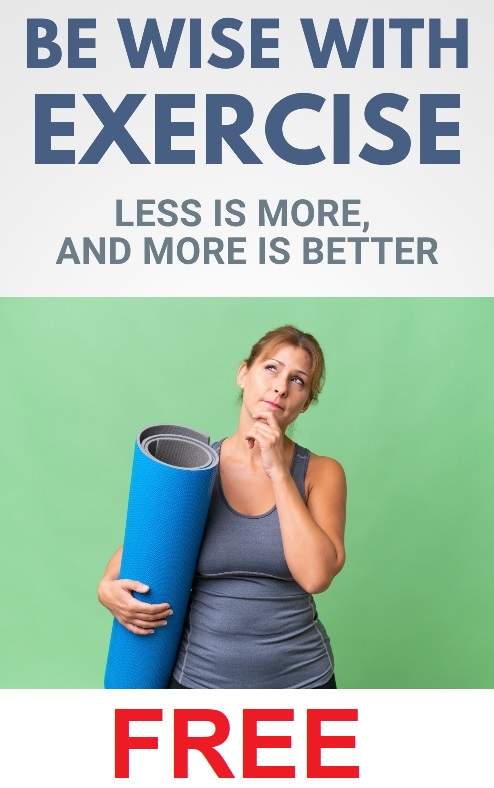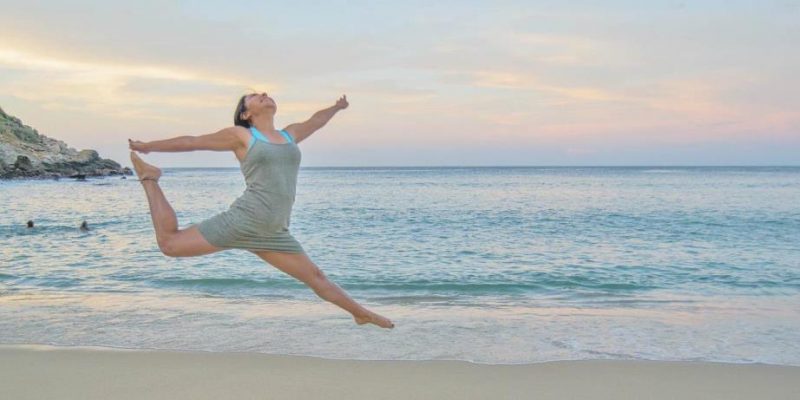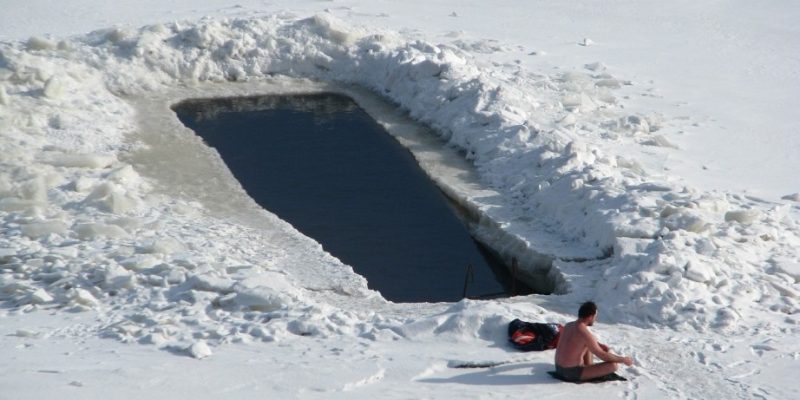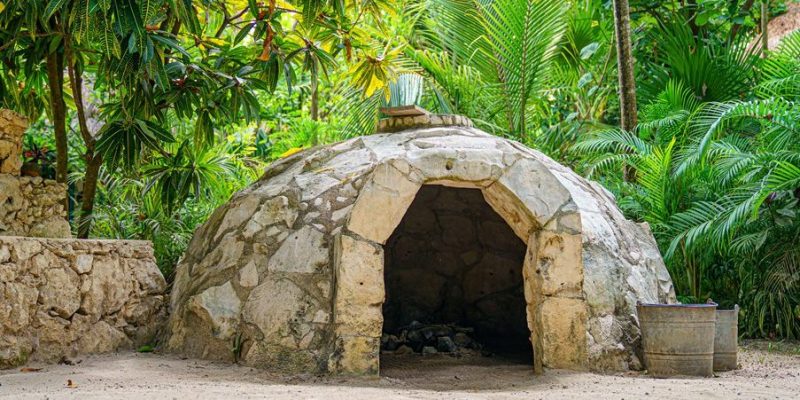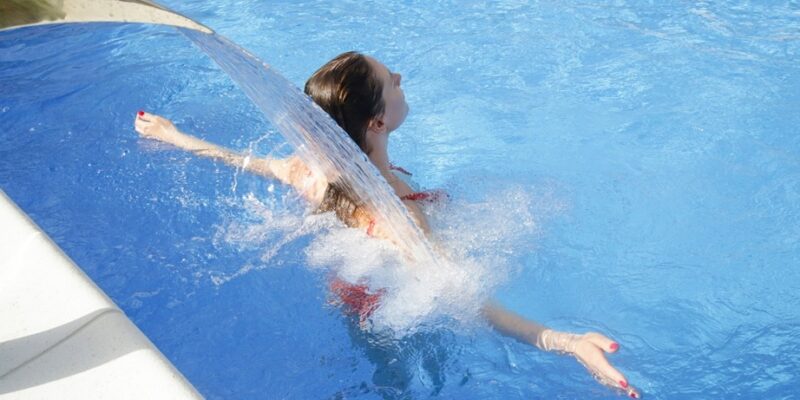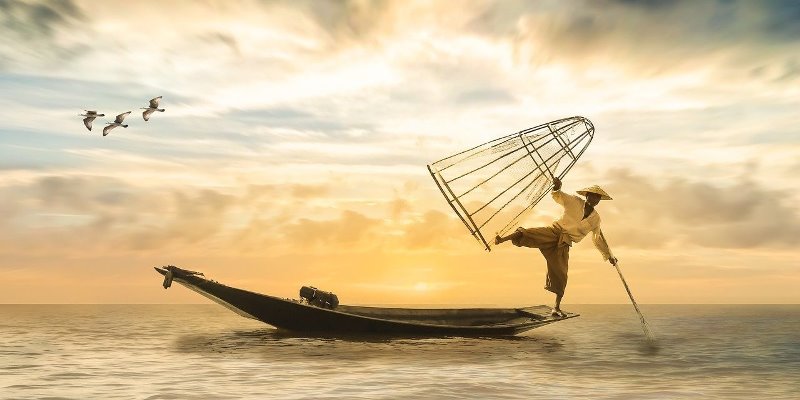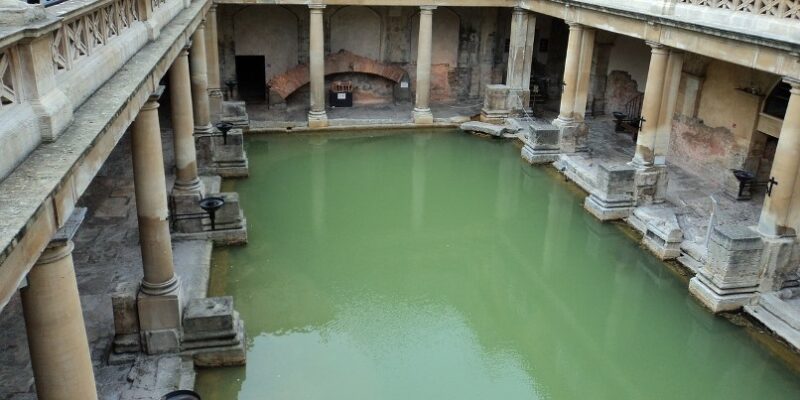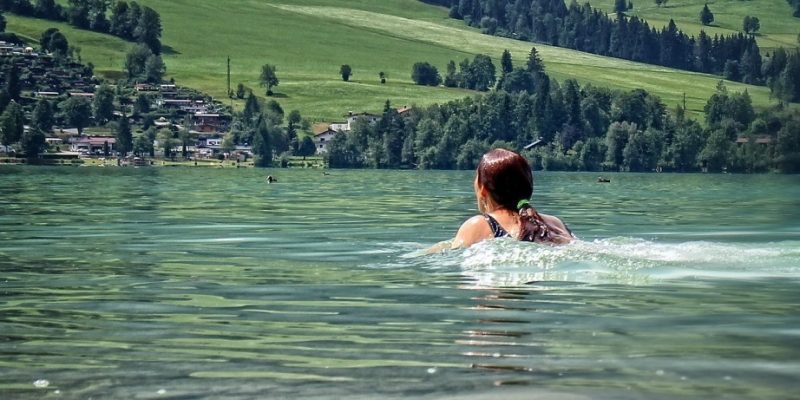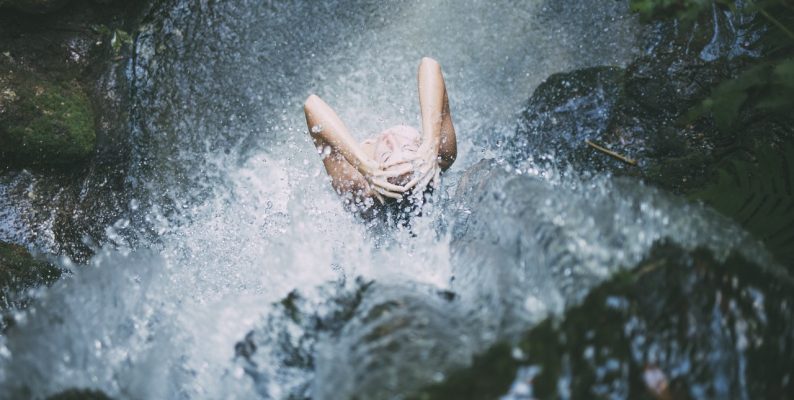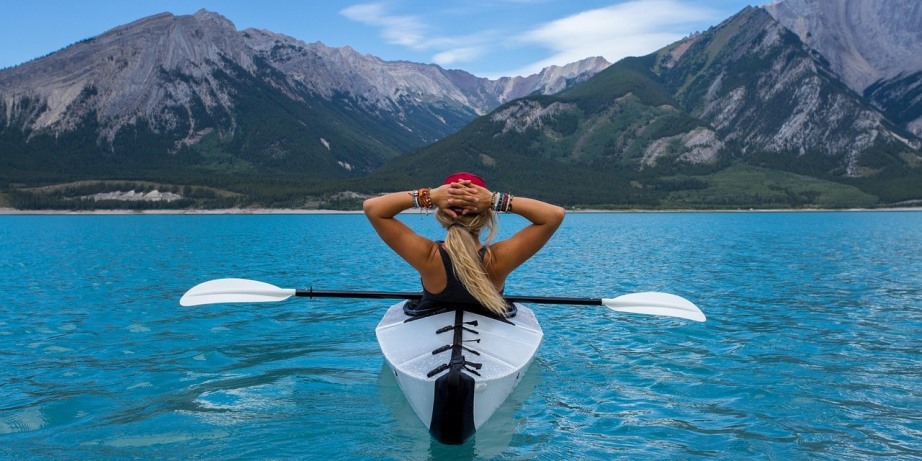
Paddling (or rowing) is a water sports activity that involves moving a watercraft (a canoe, kayak, raft, paddle board, little boat, and so on) with a human-powered paddle.
The paddle (also called an oar) typically consists of a shaft, and one or two blades used to steer and propel the watercraft. The paddle may be attached to the watercraft.

One can paddle in creeks, rivers, canals, along coastlines, or in lakes. If one likes water, it can be a great way to explore and experience a natural environment, some of which can only be reached over water.
There are a range of health benefits attached to paddling, such as improved cardiovascular fitness, increased muscle strength (for the back, legs, arms, abdomen, shoulders and chest), and improved flexibility, coordination and balance.
When paddling in Nature, it also boasts the benefits that come with being in natural environments; think of improvement of mood and sleep quality, breathing fresh air, stress and anxiety relief, esthetic pleasure, and a feeling of harmony and connectedness with planet Earth.
Perhaps needless to say that it’s highly advised to be a competent swimmer (you can occasionally tip into the water), and additionally bring some floatation device such as a life vest or jacket with you.
Another important thing is to take enough water with you (and drink regularly) to avoid dehydration; paddling can be strenuous and makes you perspire a lot, and you’re often fully exposed to the sun. Moreover, because of the water itself and the wind blowing over it, it often doesn’t feel hot and dry, which can be an extra cause for unanticipated dehydration.




